ORIF of Right Tibia Fractures
$395.00Illustrations demonstrating the surgical exposure required to reduce and fixate a tibial plateau fracture and the postoperative appearance with fixation with a plate and multiple screws.
No products in the cart.
Showing 401–416 of 569 results
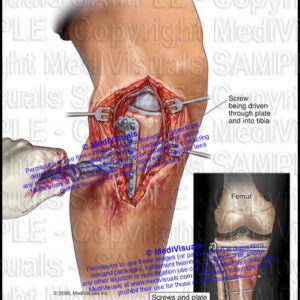
Illustrations demonstrating the surgical exposure required to reduce and fixate a tibial plateau fracture and the postoperative appearance with fixation with a plate and multiple screws.
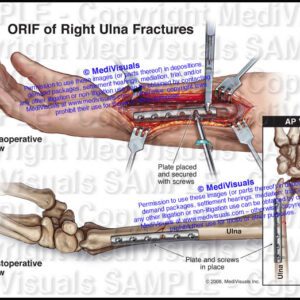
Illustrations demonstrating open reduction and internal fixation (ORIF) of a right ulna fracture with a plate and multiple screws.
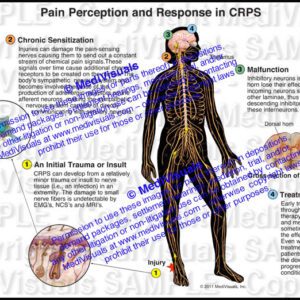
Explains the progression of CRPS from initial trauma and chronic sensitization to malfunction and treatment. (Recommended that “Normal Pain Perception” be used in conjunction with this exhibit for comparative purposes).

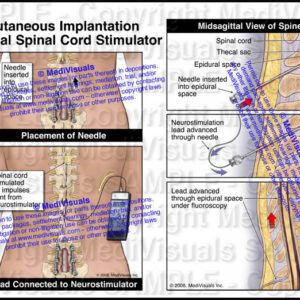
Demonstrates Percutaneous Implantation of a Trial Spinal Cord Stimulator introduced into the spinal column via a needle in attempts to manage chronic|severe pain.

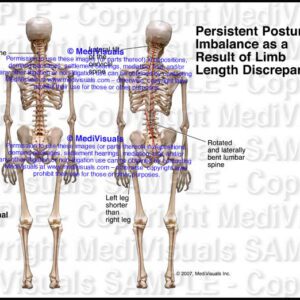
Posterior views of skeletons comparing normal stature and gait with the pelvis|spine|and head in straight alignment compared to abnormal alignment required to adjust to discrepancies in leg lengths. The abnormal alignment result in chronic spinal pain.
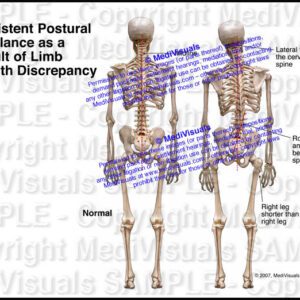
Posterior views of skeletons comparing normal stature and gait with the pelvis|spine|and head in straight alignment compared to abnormal alignment required to adjust to discrepancies in leg lengths. The abnormal alignment result in chronic spinal pain.
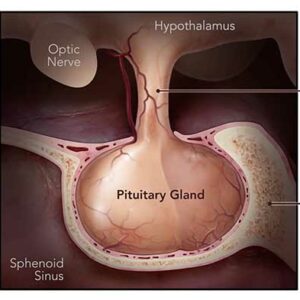
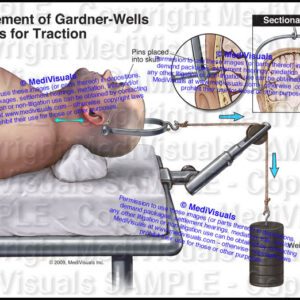
Views of Traction via Gardner-Wells tongs and emphasizing the screws penetrating through the scalp and into the skull with only a thin portion of bone separating the screws from the fragile brain.
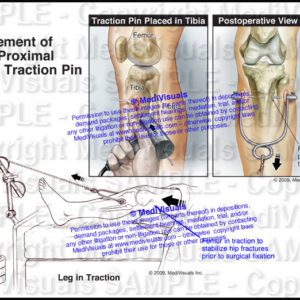
Intraoperative view of left leg showing placement of a tibia traction pin to realign (reduce) or relocate hip or femur fractures and dislocations.

Illustrations of right leg showing the placement of tibia traction pin to realign (reduce( or relocate hip or femur fractures and dislocations.
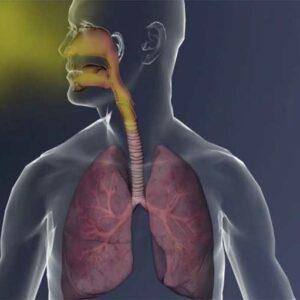
Popcorn Dust (Diacetyl) Inhalation: Pulmonary Disease
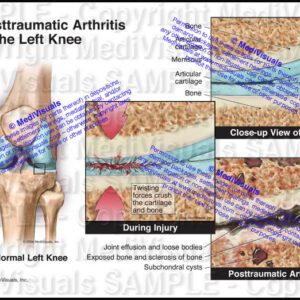
Illustrations of the left knee joint comparing the normal joint (with thick|shock-absorbing articular cartilage) to joint during trauma|and after the development of post-traumatic degenerative changes.
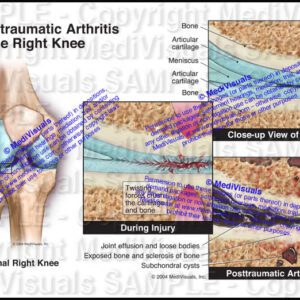
Illustrations of the right knee joint comparing the normal joint (with thick|shock-absorbing articular cartilage) to joint during trauma|and after the development of post-traumatic degenerative changes.
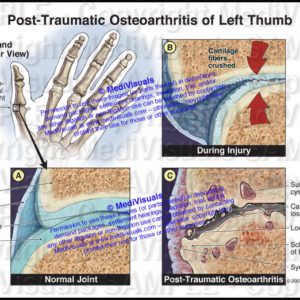
Sectional view through injured metacarpophalangeal joint comparing the normal joint (with thick|shock-absorbing articular cartilage) to joint during trauma|and after the development of post-traumatic degenerative changes.

Medivisuals Inc.
(866) 939-6171 N/A